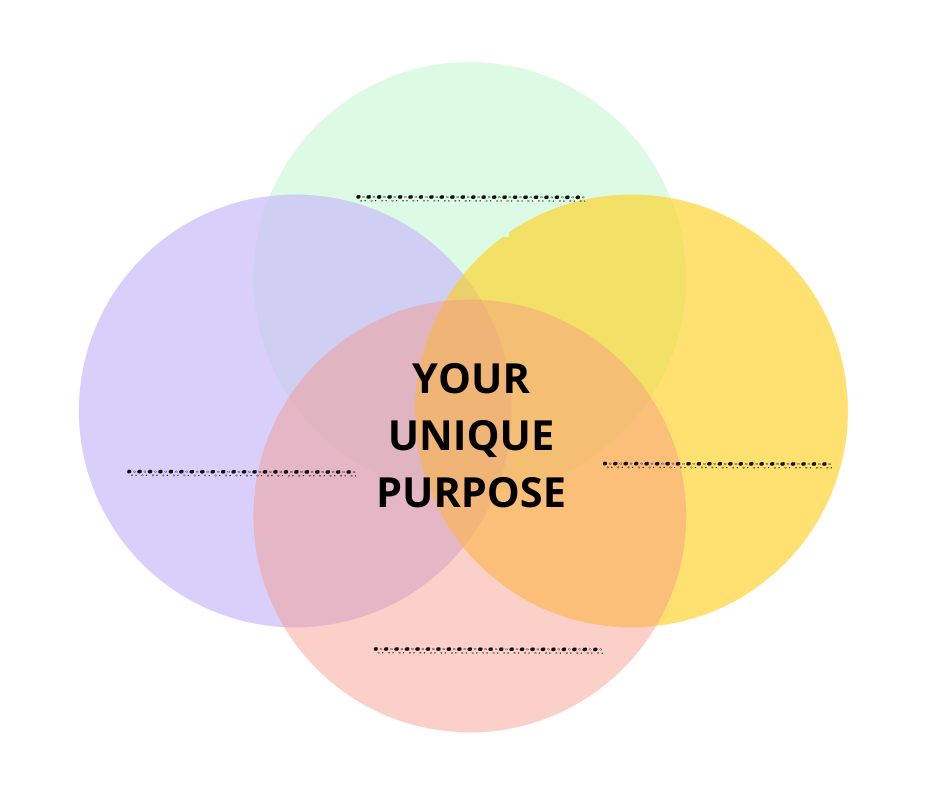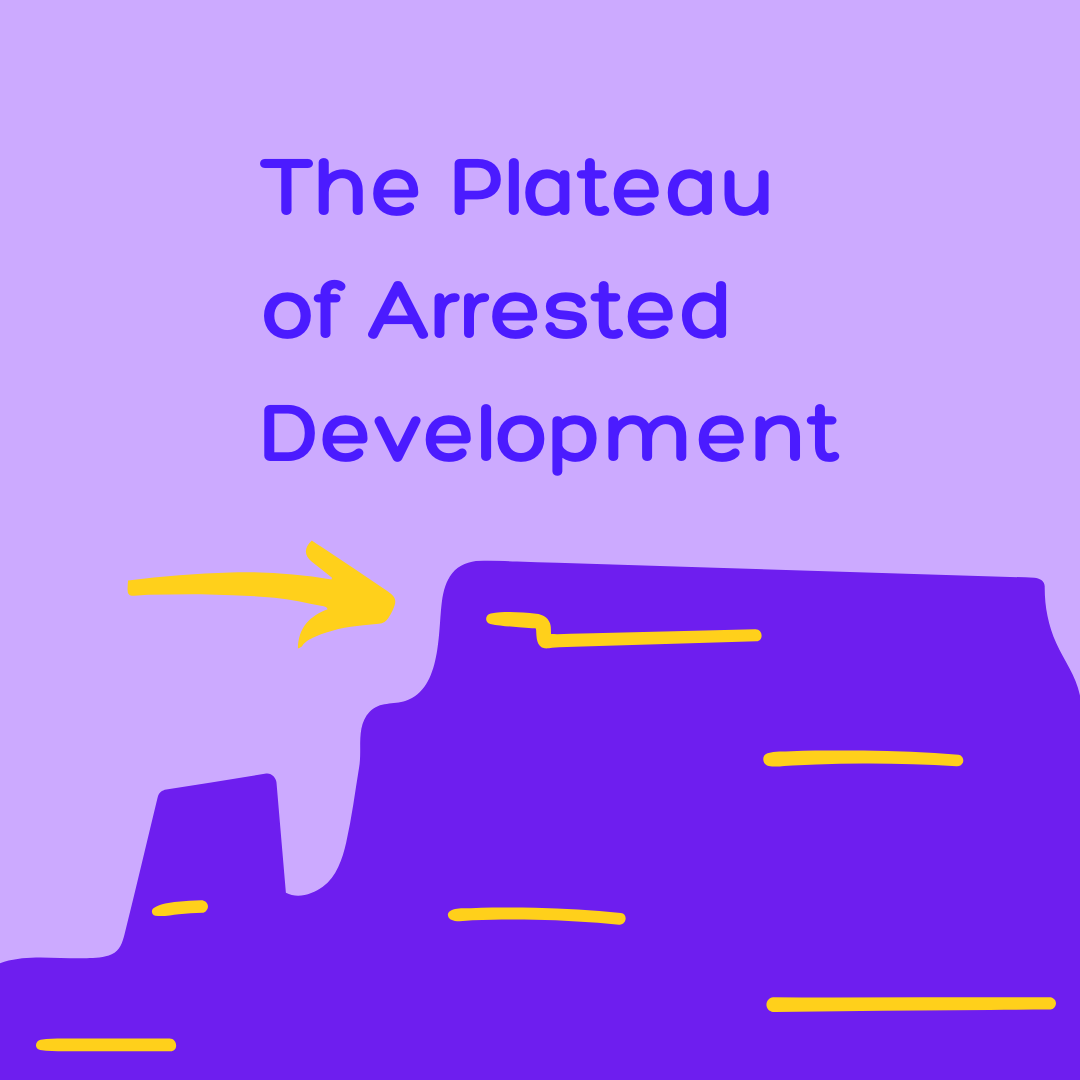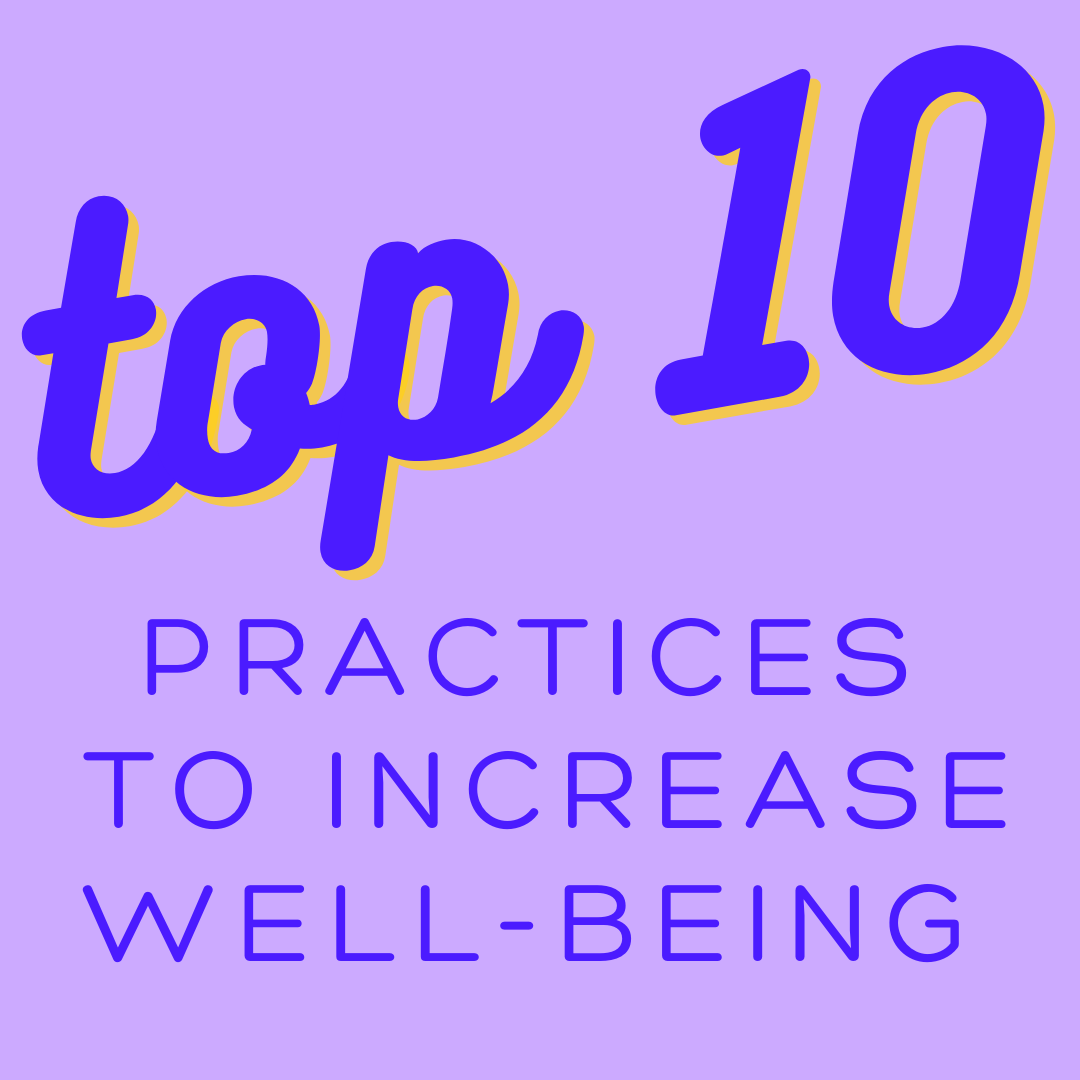Looking for a sense of meaning and coherence in your life? Knowing your purpose is the answer, but getting to a personal purpose or mission statement is hard work. The answers are often buried deep inside of us, and covered with layers of habits, obligations and doubt.
Start with these guiding questions and the suggested tools to align the answers. Take a moment to stop after each question and allow yourself the freedom and space to answer truthfully. Commit to serving yourself in this exercise by making your answers explicit. Writing down some notes after each question is the first step to lining up what will serve you.
- Start with what you want. What do you love doing? What would you do, even if you wouldn't get paid for it? When are you most happy and fulfilled? If you need some external help - look at people in your network - whom do you admire? Of whom are you perhaps even jealous? Watch your reactions to people around, what comes up when you stumble across certain social media posts. Jealous and envy are emotional signals of something you want for yourself. Go deeper into those feelings - what exactly is it you want? Let this be broad enough to cover all areas of life - personal and professional.
- Think about what work you have done in the past, and how you felt. Emotions are sometimes difficult to grasp, but are a uniquely good indicator of what is right for us. When was work most fun? When did you forget about time and what comes next? When did you feel a great sense of accomplishment and pride? Write down some examples and be specific about the time, place, people and activity.
- Identify your strengths and competencies - What are you uniquely good at? If someone would ask in a job interview, what would you answer? What is your superpower, and where do you see examples of this at play? Expand your view to think outside of a classic work environment - perhaps you are a mom who is uniquely good at multitasking and managing many demands at once. Perhaps you are really good at explaining how to knit specific patterns, or at motivating friends to keep with their sports programs. Or perhaps you are excellent at analyzing data sets and building excel models. Challenge yourself to list at least five things.
- Think about your community - who is important to you, whom do you want to serve? Who do you want to work this? Do you align around a personal connection, an organization or a societal issue?
- Be explicit about your core values - Do you already know which values you hold most dear? These can be an aligning principle in your life and help steer you towards purpose. How is the work you are doing now, in line wiht your values? Generally, we speak of having 3-5 core values - if you aren't yet explicit about what your core values are - read further here.
I did this exercise this past year with my family and we aligned around the values : Health, Family, Adventure, Learning, Achievement.
Take a moment to sit with these questions and honour yourself with focus and time to write down answers.
VENN DIAGRAMS AND IKIGAI
Now it is time to bring the answers into a form. There are two classic diagrams that can help to organize these thoughts into a structure. The first is a Venn Diagram based on Jim Collin's Hedgehog principle from his book 'Good to Great'. It is a tool to help people and organizations identify what they can be uniquely great at, where they can be better than others, taking them from 'good to great'.

There is a way of looking more broadly at these questions beyond a career or organizational perspective, to include a fourth area : what the world needs. In addition to identifying what you are uniquely positioned to do - this model asks you to consider, what is most needed. This is the Japanese concept of Ikigai - in Japanese, "purpose" or "meaning of life."

Now challenge yourself to fill the diagram out

See where there are themes, where things align, and if there is something that crystalizes at the centre. If it feels difficult - it's because it is. Making our deepest wishes and desires explicit is difficult and often fraught with self-sabotage. But on the other side lies clarity and meaning - so it is worth it.
A few additional things to keep in mind:
Reminder: your purpose is not set in stone. It is a guiding principle for a certain time in your life; and this can change as your life changes. Don't let the feeling that it is forever hold you back from defining it for the here and now. You can have many purposes and guiding principles in your life and these can change over time.
Reminder: Your purpose can be uniquely individual, it can serve you, a family member, a community - or society at large, but it does not by definition need to be an overarching make the world better issue. There is a great quote that Milena Glimbovski adds as a postcard in her 'EinGuterPlan' planer, which translated is something like this: "We all have a bit of wanting to save the world in us - it's ok, if you start with saving yourself."




